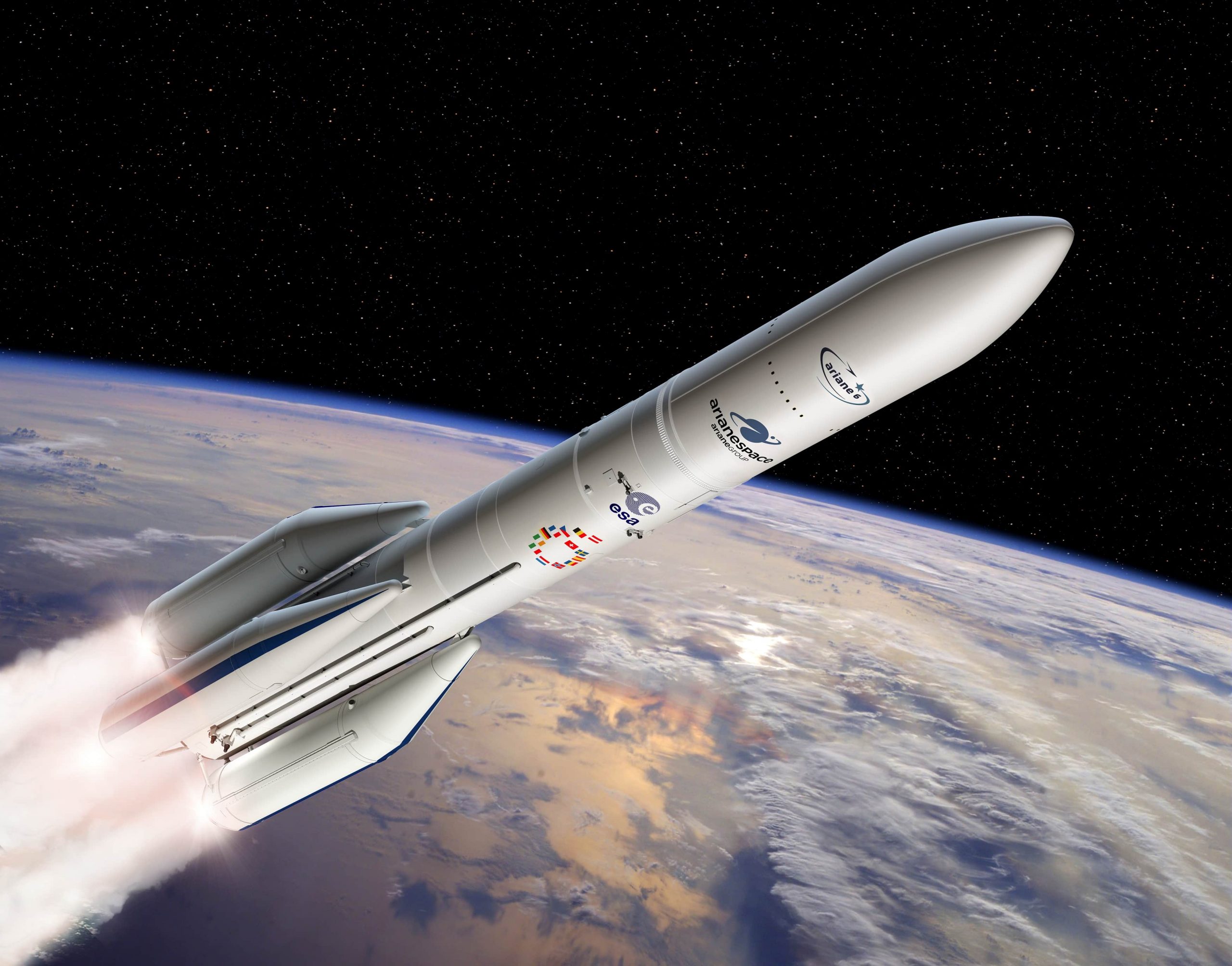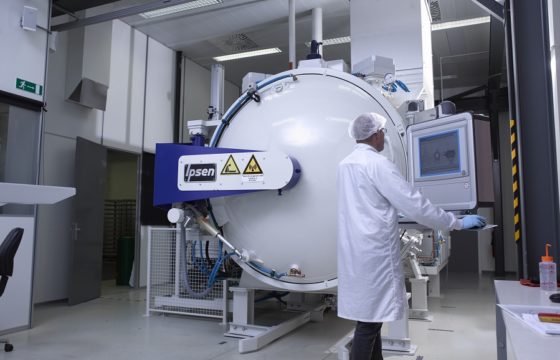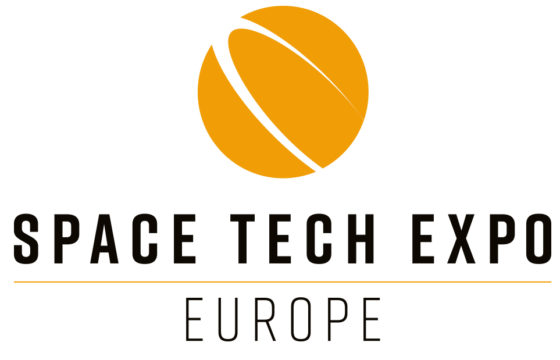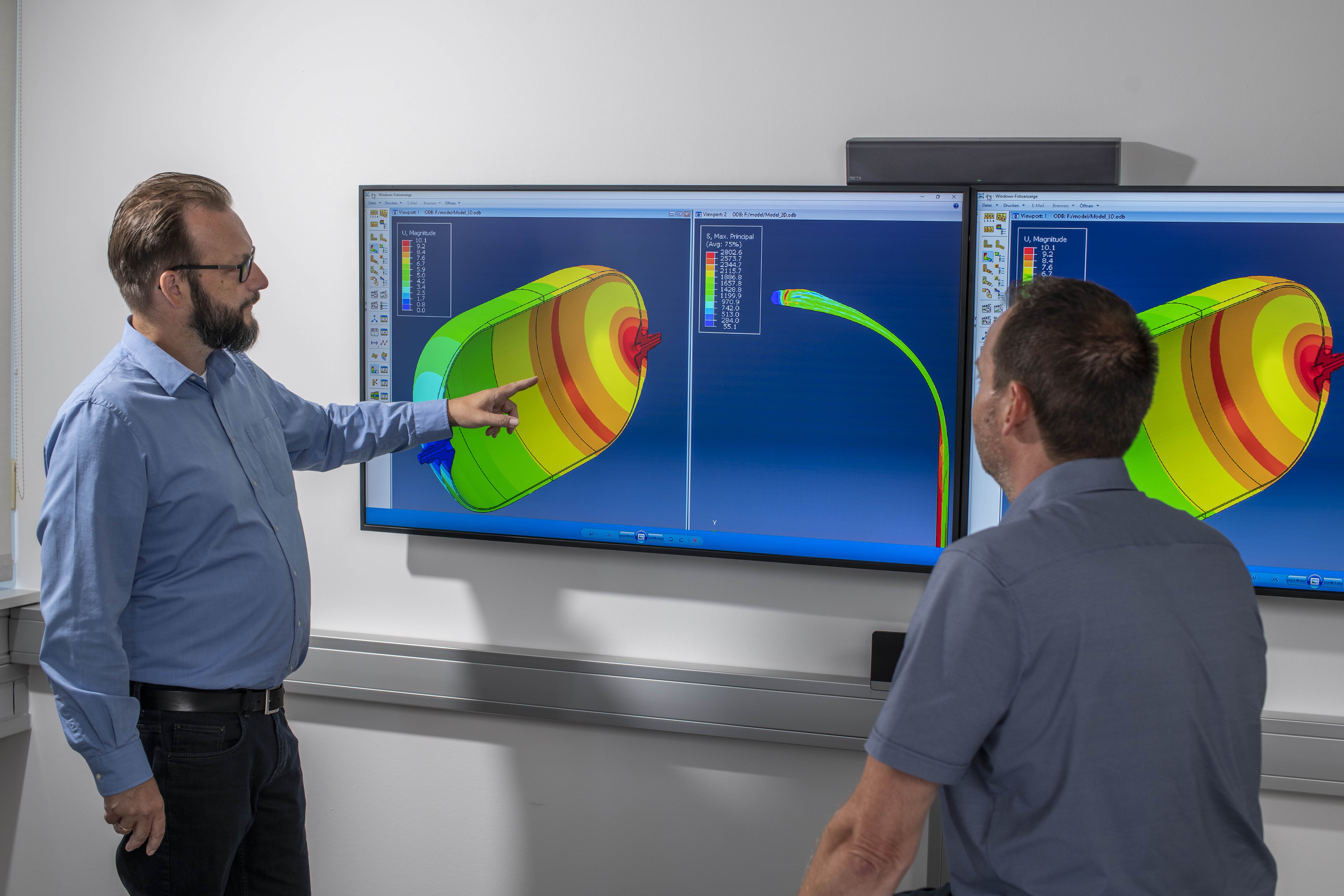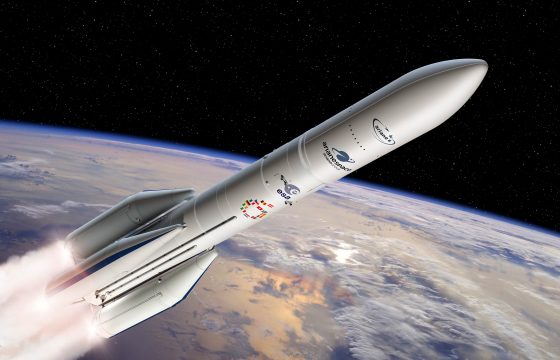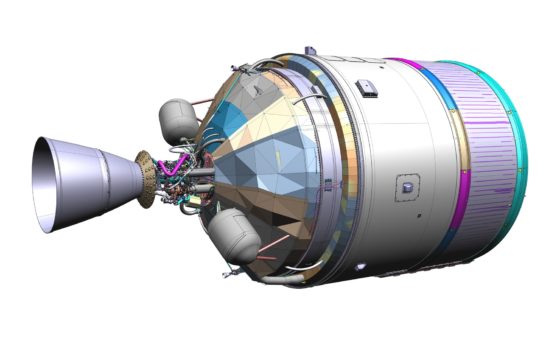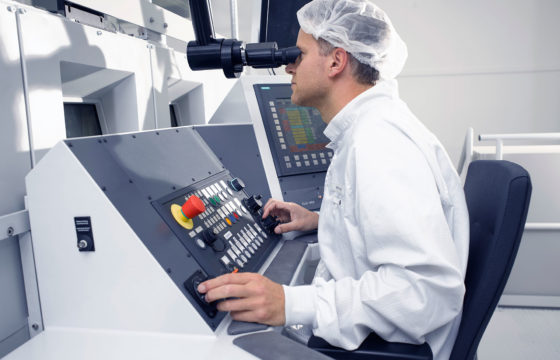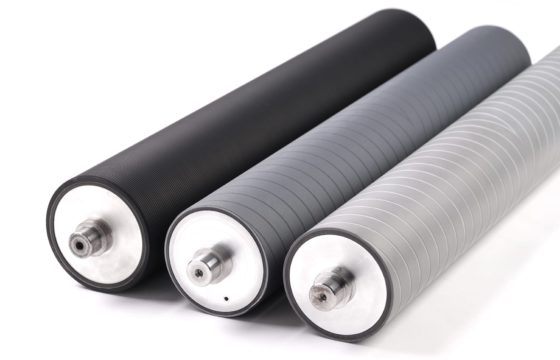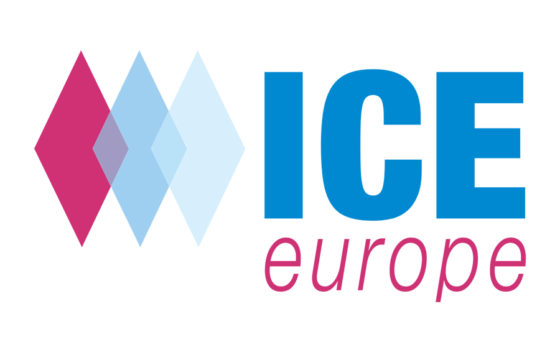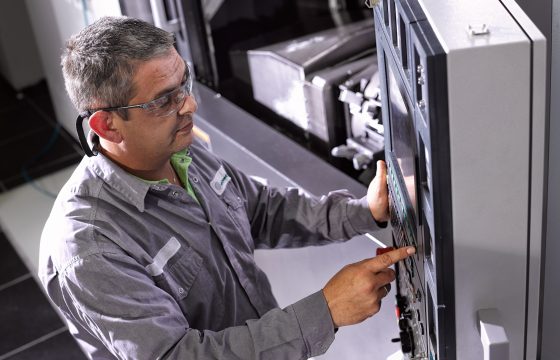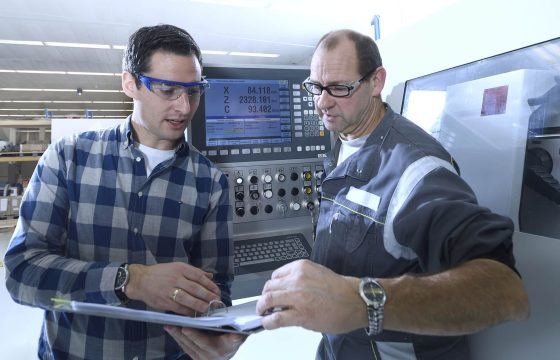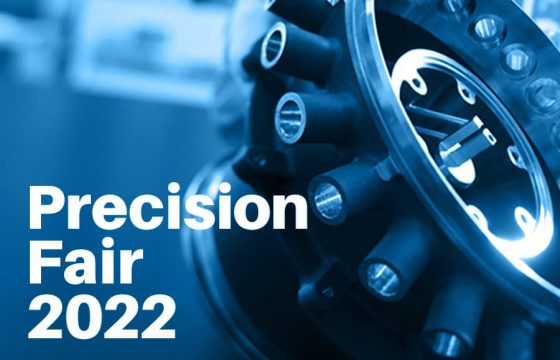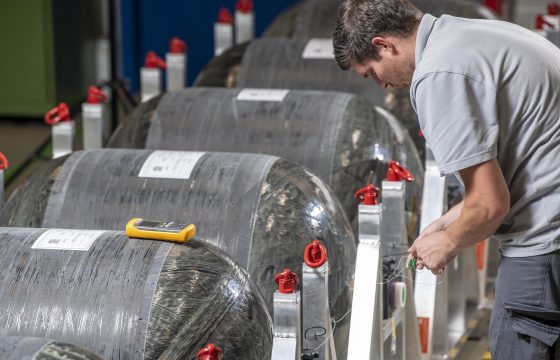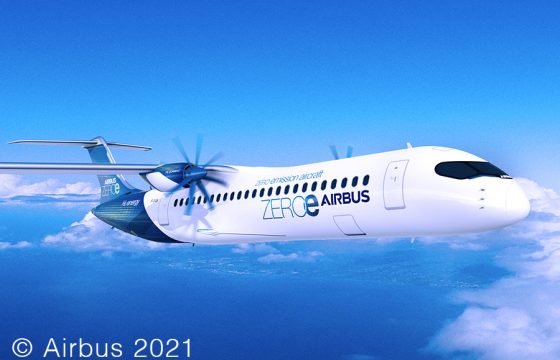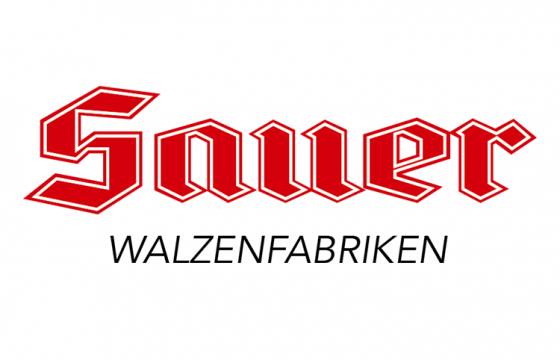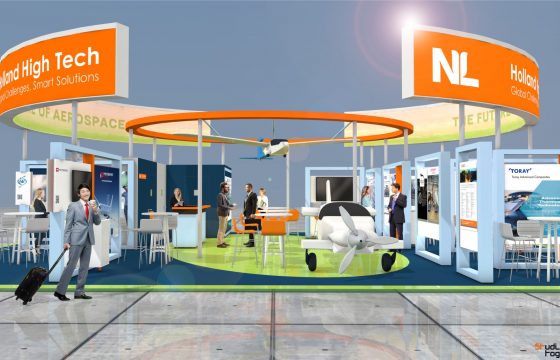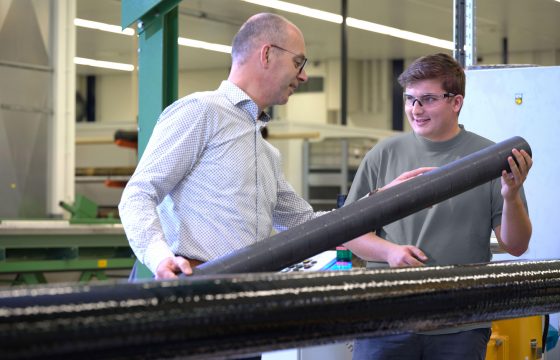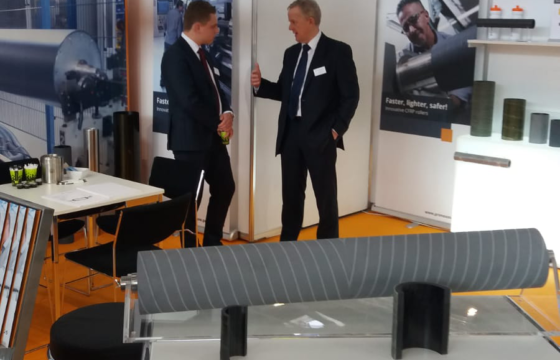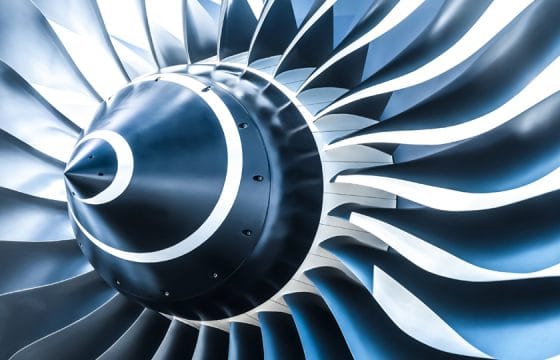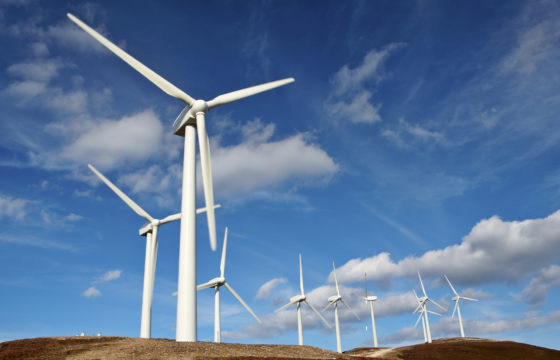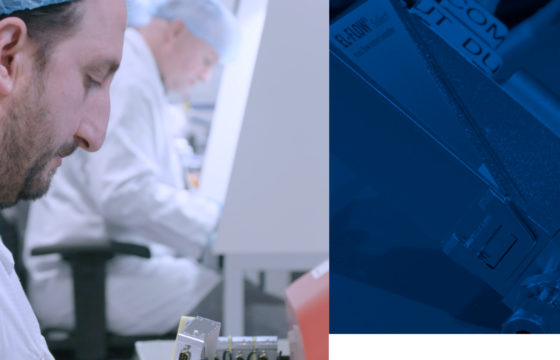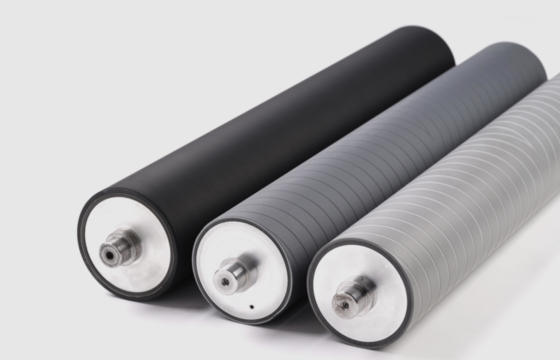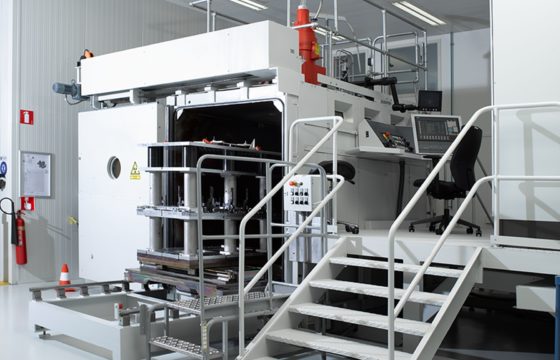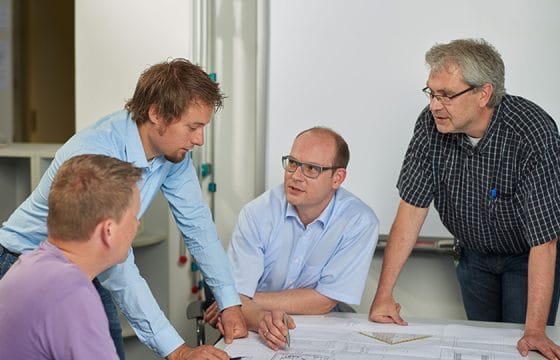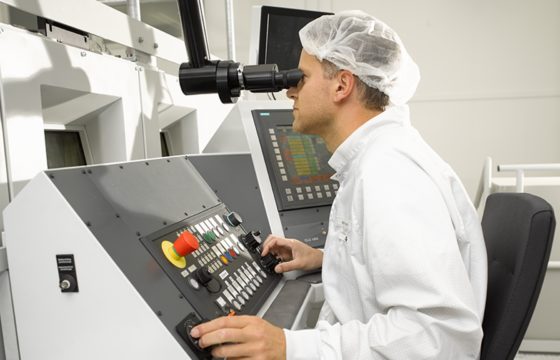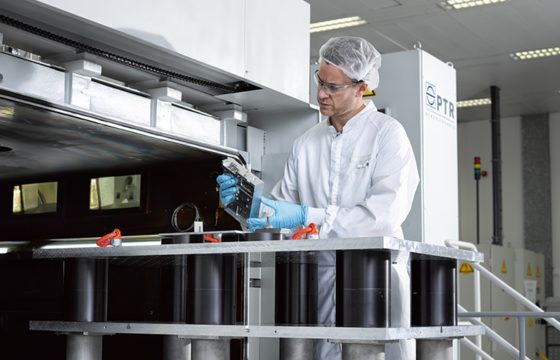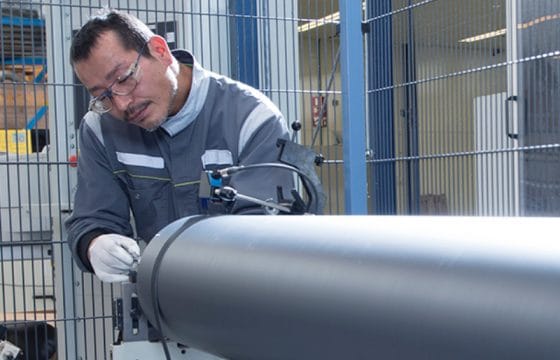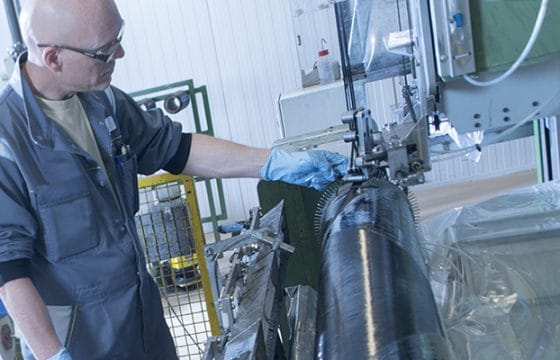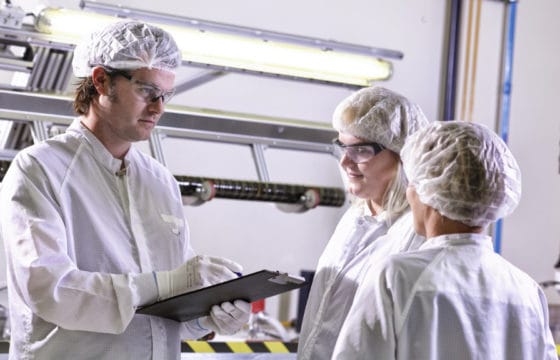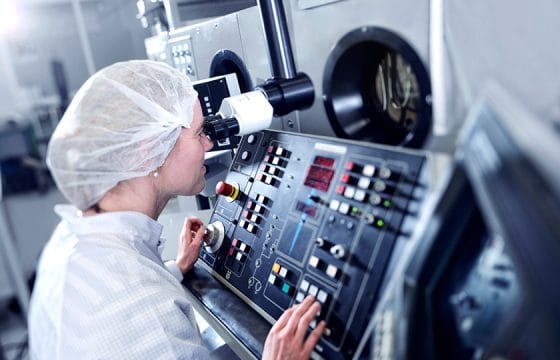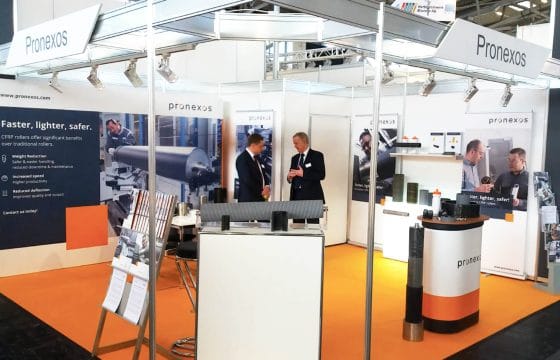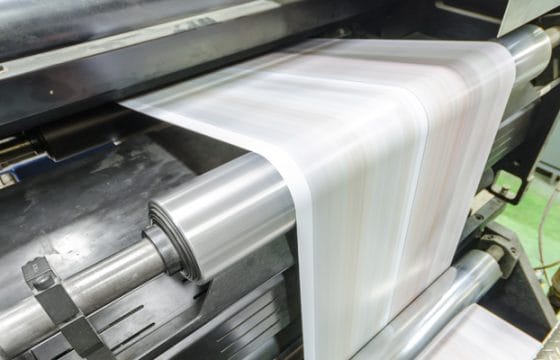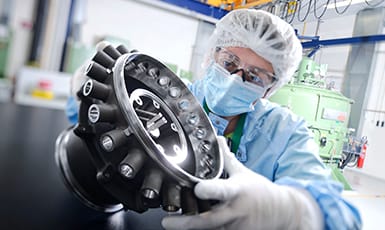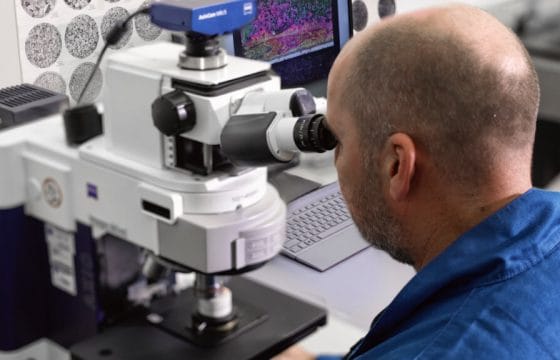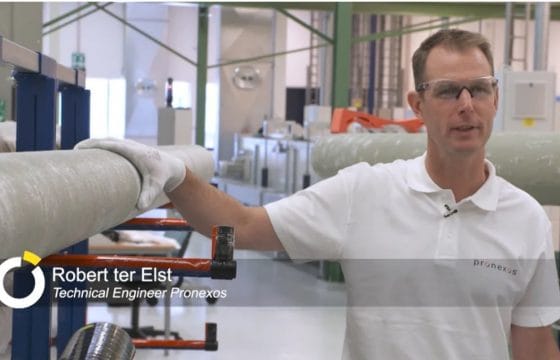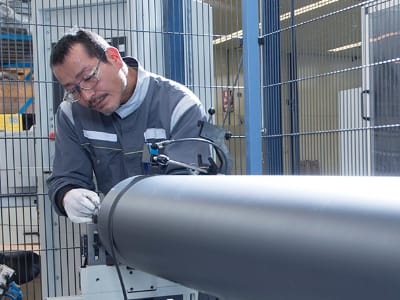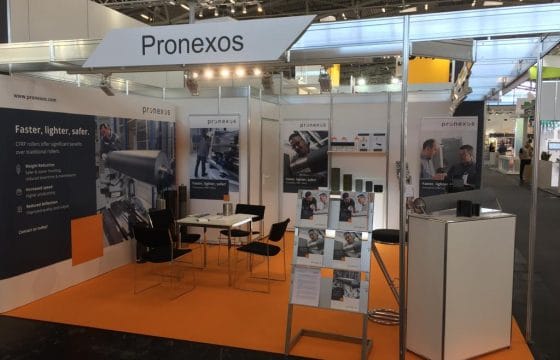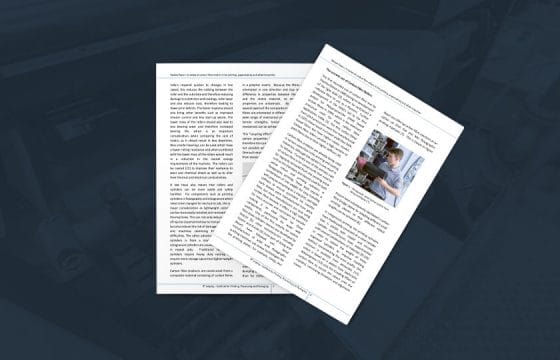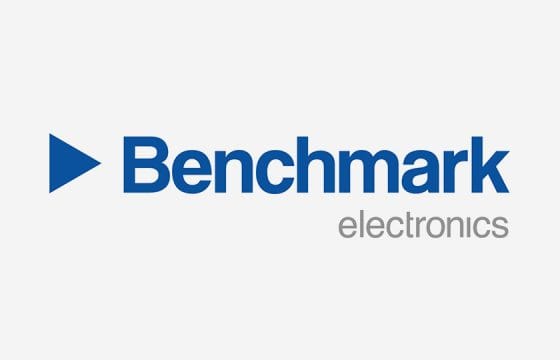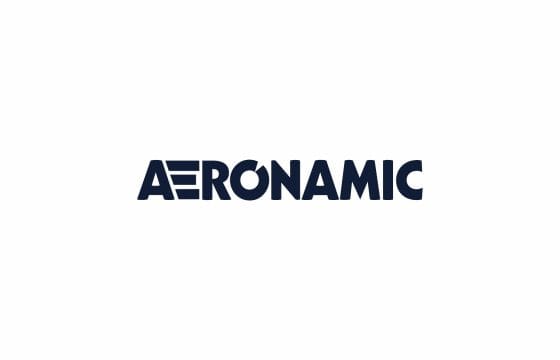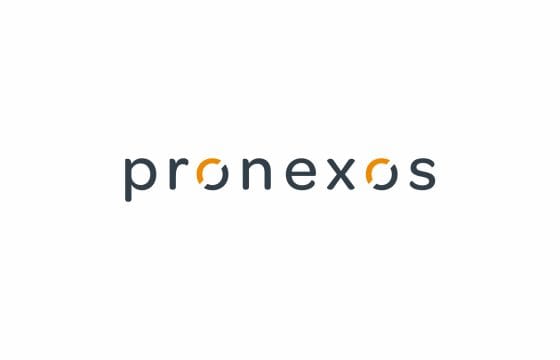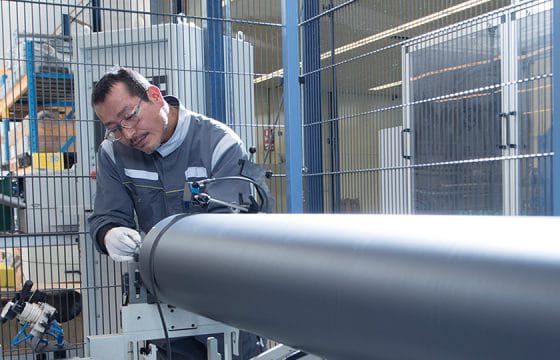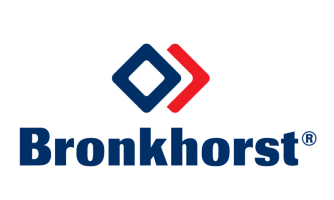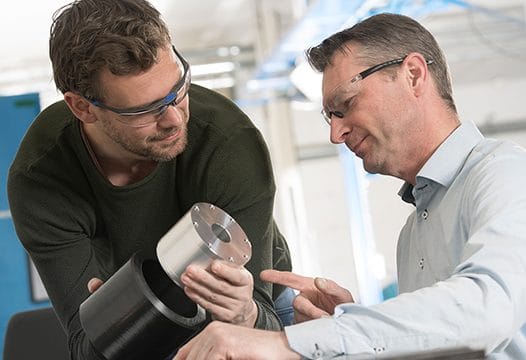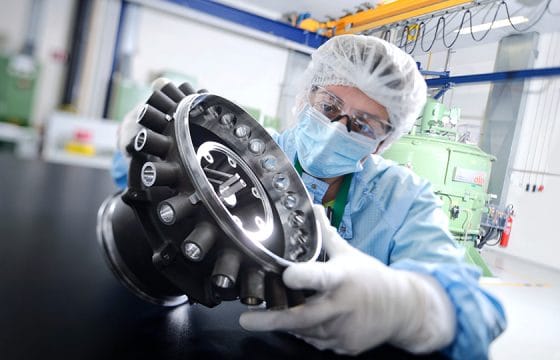The European Space Agency (ESA) recently announced that the maiden flight of the Ariane 6 rocket will take place on 9th July this year. The rocket will launch from the Guiana Space Centre in French Guiana, South America.
The Ariane 6 rocket features three components made by Pronexos, specifically Type IV gas pressure vessels used in the launch systems that are lightweight, strong and extremely reliable in tough conditions. The tanks contain Helium that is used for both the lower and upper stages of the rocket, and form an essential part of the rocket’s control systems.
The revelation of the launch date was made by Director General Josef Aschbacher during a press briefing on the first day of the ILA Berlin Air Show in Germany. Support teams at the Guiana Space Centre had already completed a “dry run” of the launch process in late May. This process confirmed that the software, commands, and data connections between the rocket and the control centre were fully operational and satisfactory.
After that, several major milestones for the launch were achieved successfully in preparation for the launch, before the full “wet” dress rehearsal – a launch rehearsal where the rocket itself is fully fuelled up. The wet dress rehearsal completed successfully this week, paving the way for the launch on 9th July.
The Ariane 6 project was agreed by ESA member states back in 2014, and the launch is already four years overdue on the original schedule. However, the launch does represent something very significant for European aviation – the return of sovereign European heavy-lift launch capabilities to an increasingly active commercial aerospace market.
For information on our specialist aerospace industrial services, read about our capabilities or contact us directly.
